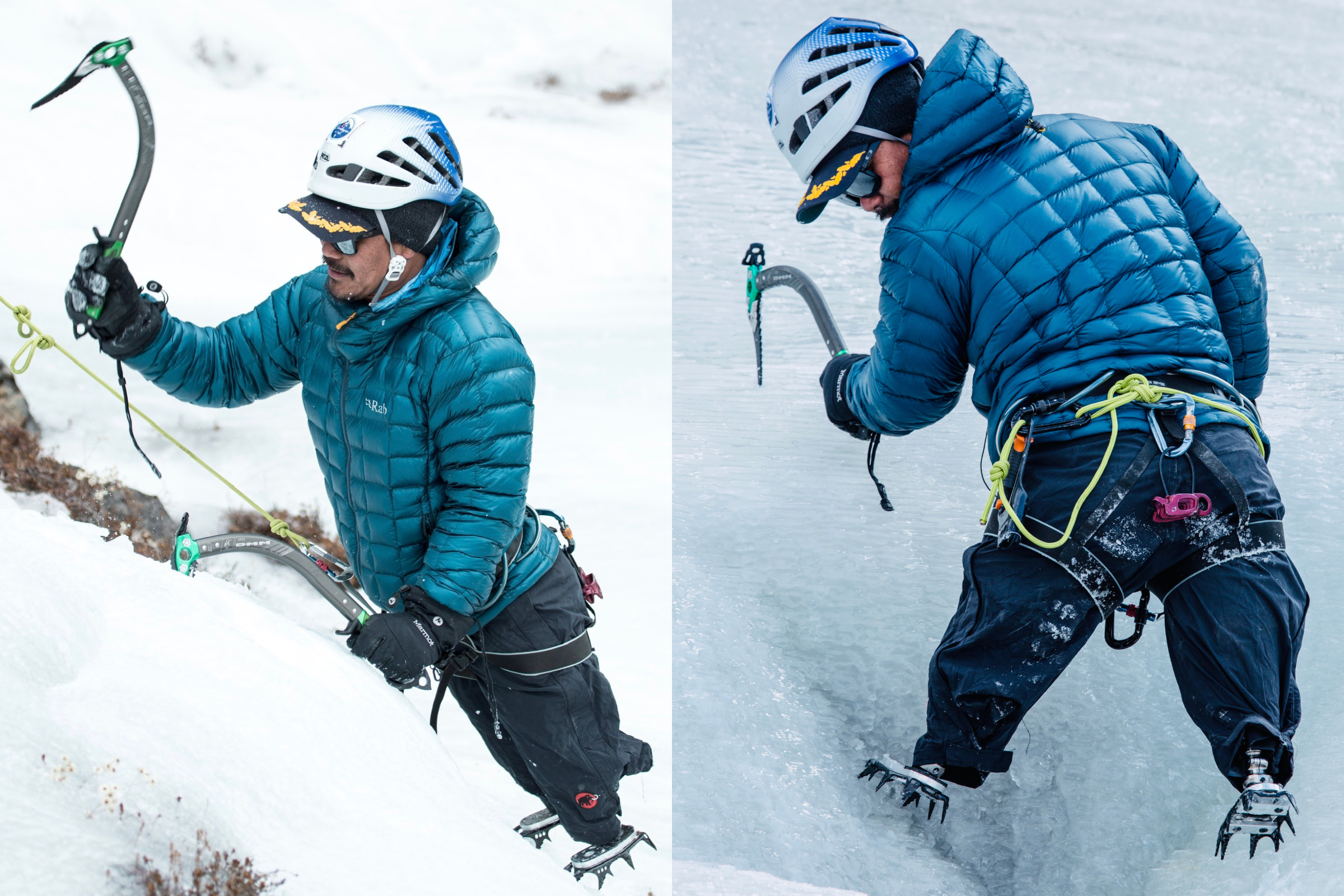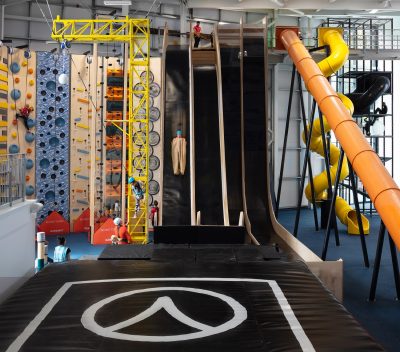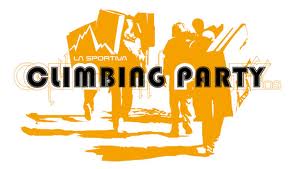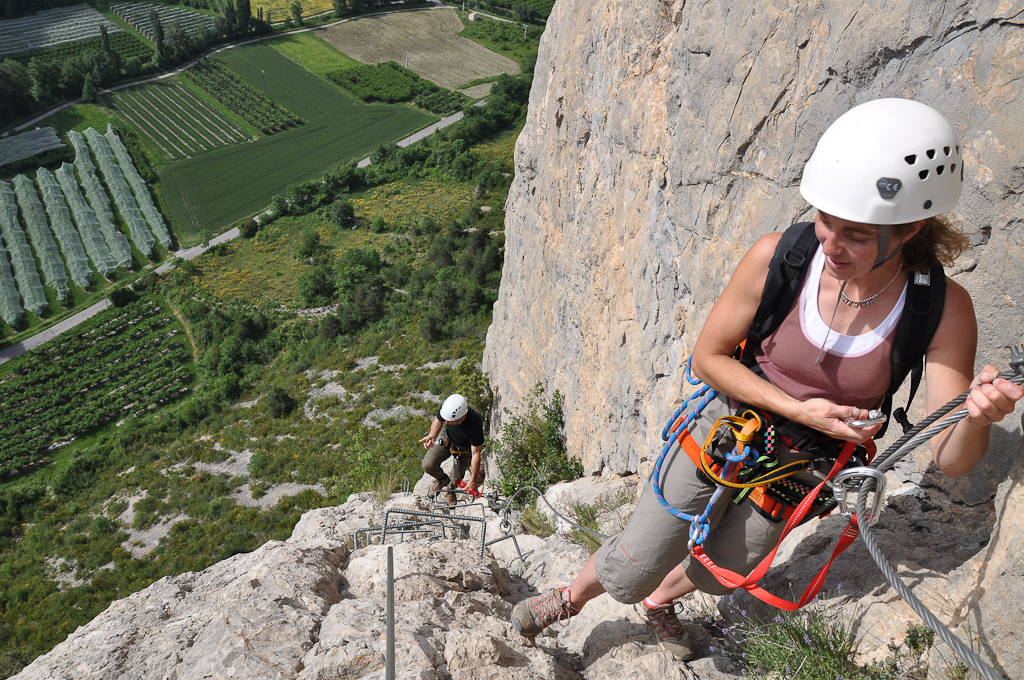Here’s an adventurer you need to know more about – Hari Budha Magar.
He’s a former Gurkha (like Nimsdai) who is making a name for himself in the mountaineering world.
Hari lost both lower legs in Afghanistan in 2010 after stepping on an IED. Both were amputated above the knee making him a Double Above Knee amputee or DAK for short. But cast that label aside as Hari is one of the world’s most incredible survivors.
He’s now made it his mission to inspire and change perceptions with regards to disability globally. Around 12 to 15% of the world’s population have some kind of disability – that’s nearly 1 billion people worldwide.
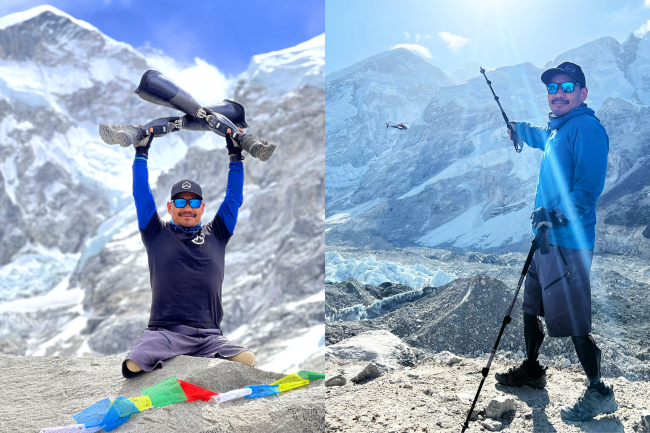
Hari on a previous recce to Everest – he plans to summit this 2023 season
Over the 13 years since losing his legs, Hari has come to terms with his situation and kayaked around the Isle of Wight, completed multiple skydives, paraglided, bungee jumped and climbed a fair few 6,000m peaks too.
In fact, he is the first ever double above-knee amputee (DAK) to summit a mountain over 6,000m. Here’s the full list of his achievements below:
1st (DAK) to climb Mera Peak 6,476m
1st (DAK) to climb Ben Nevis with Genium X3s (prosthetic legs)
1st (DAK) to trek to Everest Base Camp with Genium X3s (prosthetic legs)
1st (DAK) to climb Mt Toubkal with Genium X3s (prosthetic legs)
1st (DAK) to climb Chulu Far East 6,058m
One of the 1st (DAK) to climb Mont Blanc 4,810m with prosthetic legs
I caught up with Harry just before he headed out to Nepal for his 2023 Everest attempt. By summiting Everest he hopes to inspire other people facing similar circumstances to believe anything is possible.
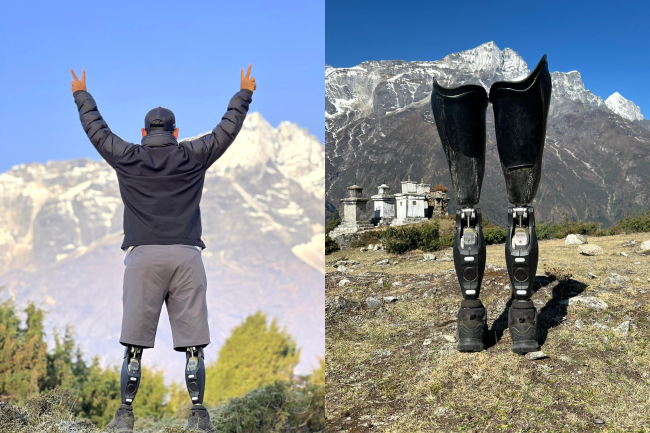
Hari uses different types of prosthetics to hike and climb in – these are the Genium X3s
Dan: Hari, nice to talk to you. Before we get on to your Everest plans, I see that you’ve climbed Ben Nevis using your prosthetic legs. Can you tell me a bit about that?
Hari: Yes it was very windy, wet and cold (he laughs).
Dan: A typical day in Scotland then (also laughs).
Hari: I was trying to be more active in between lockdowns and I was the first double above knee to climb Ben Nevis, it took me 23 hours and 20 minutes.
Dan: You’re heading out to Everest soon. You’ve climbed a quite a few 6000m+ peaks already. Can you tell me a bit about how Everest came about?
Hari: Well I was born in Nepal and Everest has always been in my mind. I grew up knowing about Edmund Hillary and Tenzing Norgay and I have always wanted to do it.
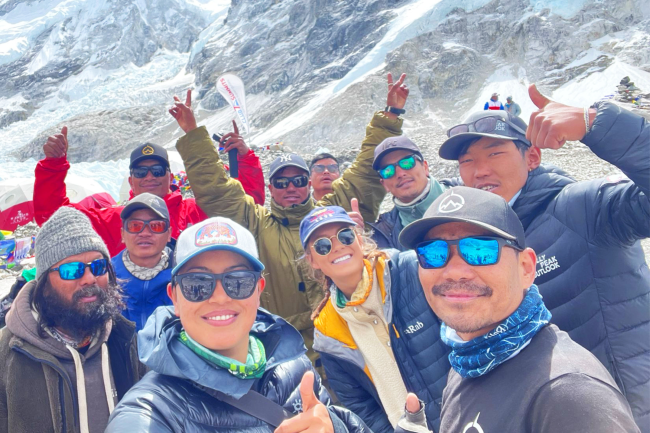
Hari has a great team supporting him
Dan: I read on your website that you were in a bad place initially after losing your legs. What was the turning point that made you realise you still could live a full life?
Hari: Yes I was in a very bad place. It was actually a tandem skydive that made me realise that life could still be worth living. I just remember I landed safely and I thought wow maybe there are things I can still do. Before that I didn’t realise just how important mindset and mental strength was. I then had a go at skiing and realised I could go the same speed as I did before, do the same routes as before and have the same fun, if not more, as before. Mindset is a very powerful thing, more powerful than the physical body. If we can set our minds our body will follow.”
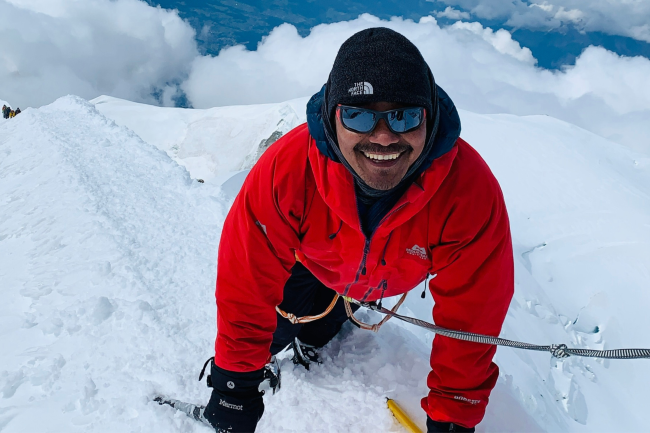
“Mindset is a very powerful thing, more powerful than the physical body. If we can set our minds our body will follow.”
Dan: I’ve watched some of your climbing videos on YouTube and can see you have a great team to work with. Who will you be on Everest with?
Hari: Obviously I need help and I’ll be climbing with Khrish Thapa. I’ve actually known him since I was in the army in 1999 and I’ve been climbing with him since 2016. He has done K2 and Everest and done so much more. He’s become a very good friend.
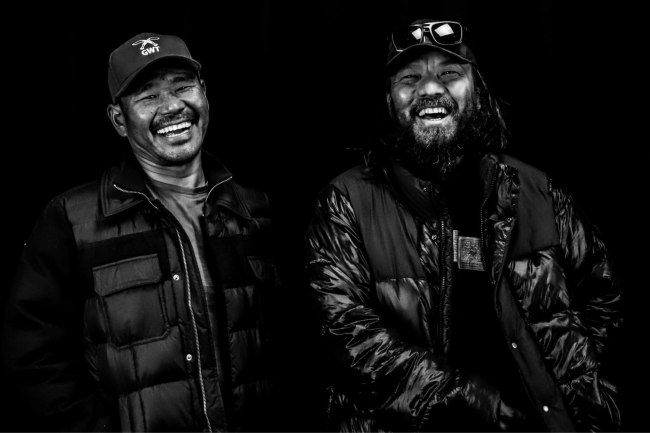
Hari will be climbing Everest with his close friend Krish Thapna
Dan: Can you tell me a bit about your prosthetics because I see you’ve got different options. In particular I’ve seen the ones where you’ve got the crampons on the bottom?
Hari: I asked the limb centre whether there were any prosthetics that had crampons on and they said no. I managed to speak to someone who then welded crampons to some prosthetics in his garage and he very kindly sent them to me. There’s nothing on the market like this, so I’m hoping that I will be able to develop them and make them available to more people.
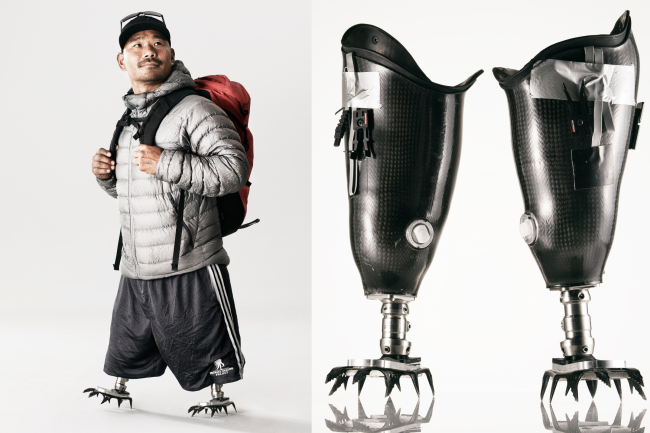
Hari’s specially adapted prosthetics for climbing on ice
Dan: It looks like it might be painful to use the prosthetics. How do you cope with that?
Hari: Yes I get blisters and back pain and all those things, but you know you have to manage that discomfort. Nothing is easy, it just depends on how you think about it. With Everest, I hope I can persuade just one person to make the move off the sofa.
Read more at www.haribudhamagar.com and follow on Instagram @hari_budha_magar

